The story of their life through art. This is how Ben Yakober and Yannick Vu describe the essence of Sa Bassa Blanca Museum, the legacy that was not foreseen when they arrived in Mallorca in the 1960s and whose visit, 15 minutes from Alcúdia, offers a catharsis like few others on the island. Since then, Jakober (Vienna, 1930) and Vu (Montfort-l’Amaury, France, 1942) have been fascinated by Mallorca because of “the absolutely idyllic landscape and the possibility to connect with your inner self”.
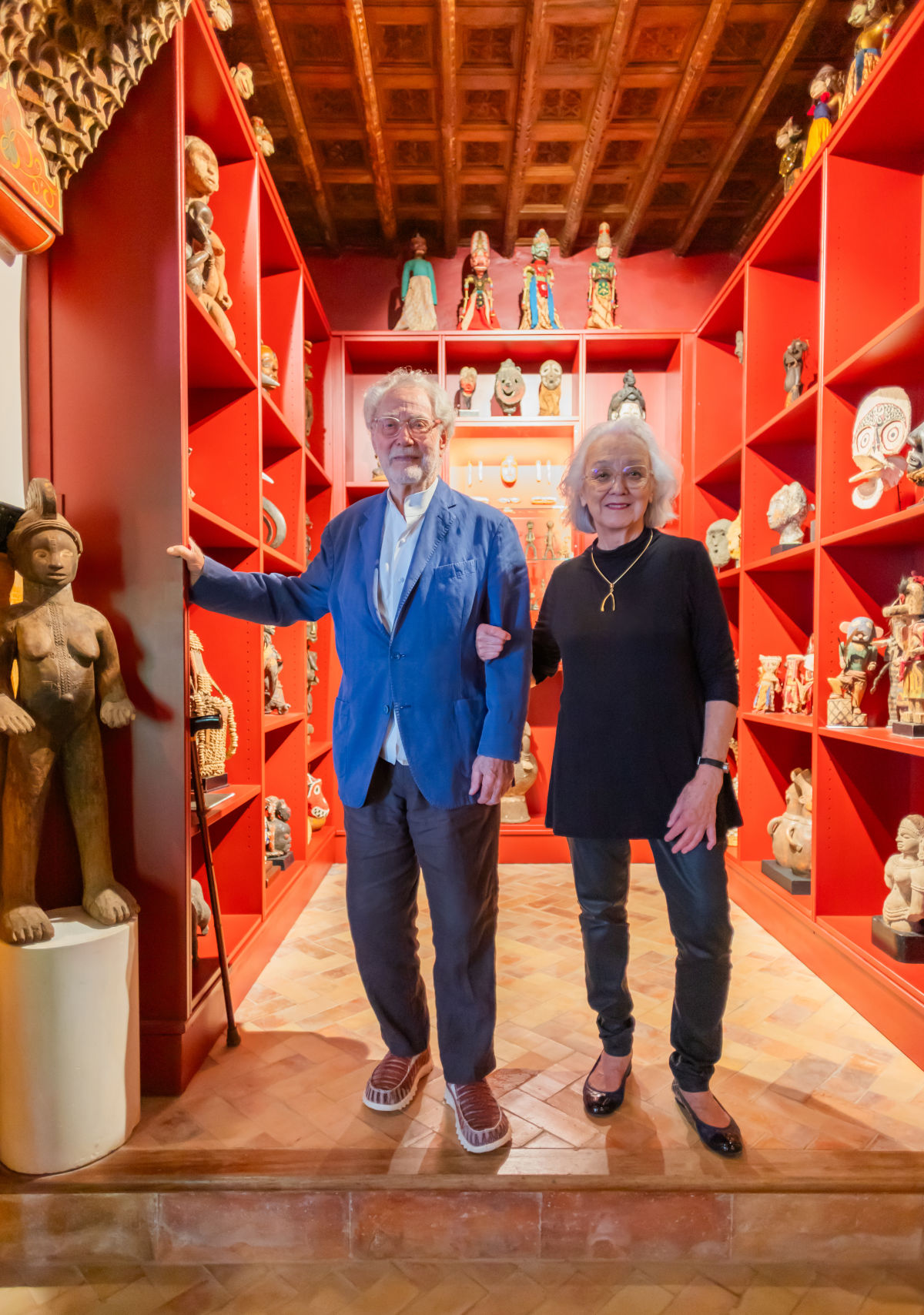
Fotos: Pep Caparrós.
Daughter of Vu Cao Dam, who has become one of the three most important artists in Vietnam, it was difficult for Yannick Vu to find her identity as an artist “without breaking the mould of her father”. Her first husband, the Italian painter Domenico Gnoli, was Ben and Yannick’s common link. “He was a childhood friend of Ben’s and told me I had to introduce him to you. That’s how I met the two men of my life”. Ben, the son of art collectors, worked as a prestigious banking businessman in Paris and said to himself: “What am I doing in Paris when I can live in Mallorca? At the age of 38 he left everything and bought the extraordinary Mortitx estate. Shortly afterwards, Gnoli died of cancer after two years living in S’Estaca. “Losing such a dear friend and husband was very hard and we finally brought our destinies together,” the couple recalls. It was then that the opportunity arose to buy Sa Bassa Blanca.
Life lesson
The construction of their family home was entrusted to the acclaimed Egyptian architect Hassan Fathy, who completed this spectacular Hispano-Moorish style building in 1980. In 1992, tragedy struck the Jakobers again when their daughter Maima died. “We turned this house little by little, through the tragedies that occur in life, into what it is today”.
Today Sa Bassa Blanca is a fascinating dialogue between cultures, a heterogeneous collection of works of art that interpellate the couple in one way or another. Ben describes how “poc a poc the space has evolved since the Yannick and Ben Jakober Foundation was established in 1993. Their passion for art is evident as they walk through the house’s rooms. In the foyer, a Miró and one of the paintings by the Moroccan artist Chaïbia Talal, whose similarities do not lead one to believe that the painter began her artistic career in a totally spontaneous and self-taught way, are already in dialogue. On the ground floor, the majestic Library, the Confluences Room and the African Room are striking. “African art was the beginning of everything,” Vu recalls.
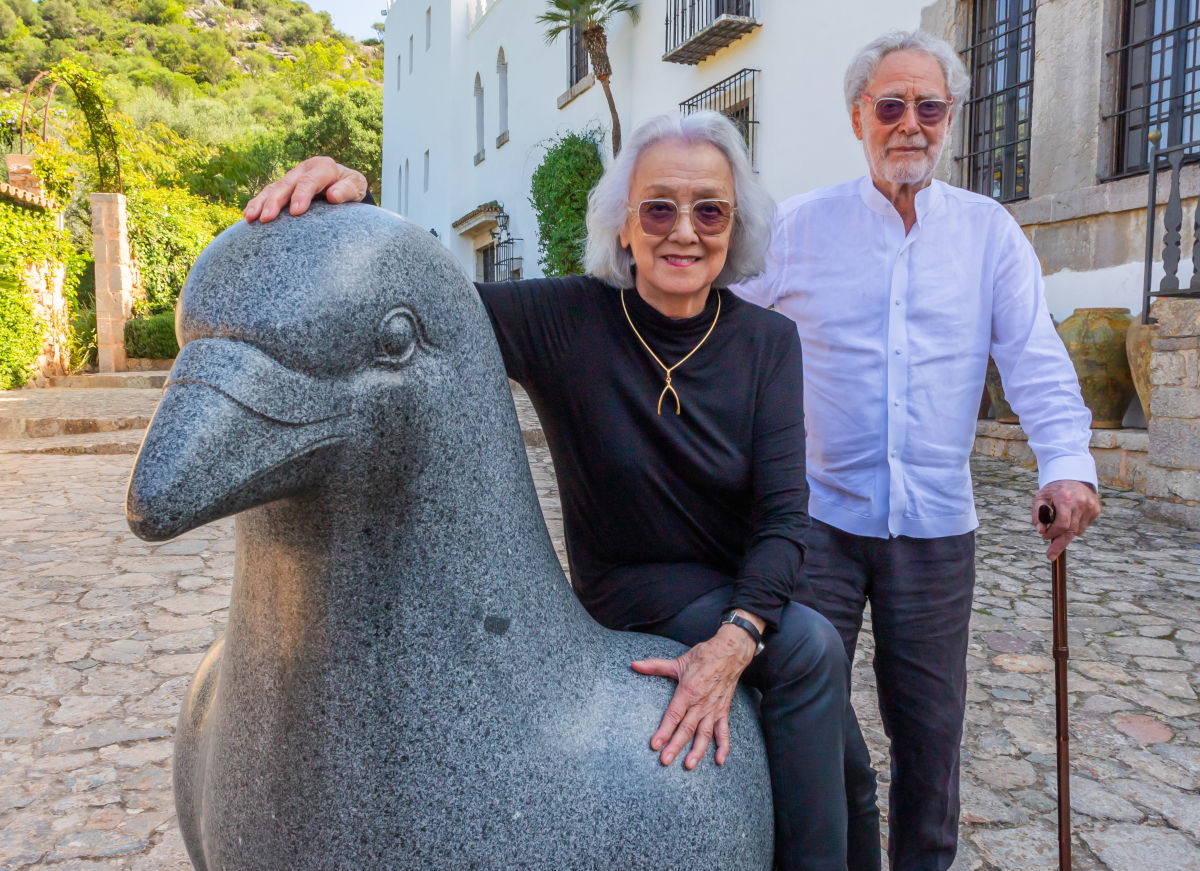
Artworks occupy every corner of the building. Upstairs, Vu lovingly highlights “Portrait of Renée A.”, a portrait of his mother from 1938, or the sculpted head of his grandfather. While Jakober invites you to discover what used to be their bedroom, crowned by an incredible Mudejar coffered ceiling dating from 1498 in Tarazona and declared an Asset of Cultural Interest of the Heritage of the Balearic Islands.
Ode to art
But Sa Bassa Blanca is much more than the old family house built by Fathy, something that the visitor notices from the moment he arrives at the museum. The “Nins” collection, formerly located in the main building, now occupies the renovated aljibe to display a series of portraits of young people, many of them royalty from the 16th to 19th centuries. An intimate underground room conceals a collection that is unique in the world, full of details of the European aristocracy. While in the Sokrates space the Jakobers juxtapose cultures and eras. The skeleton of a Siberian woolly rhinoceros in front of a curtain of Swarovski crystals that appeared at the 2007 Oscar gala or the horn of a narwhal next to the image of a unicorn.
Outside, the gardens form a sculpture park with dozens of very diverse works: from Yoko Ono’s Wishing Tree to Zbel Manifest’s Sanctuary, which questions the excessive plastic consumption. Rhinoceroses, megaliths and even a Kraken break into the calm of a thought-provoking natural space. It is impossible for the couple to choose their favourite work, “nobody has favourite children”, they say.

“It has all been a process that was not foreseen at the beginning and is constantly changing today. And we hope to be able to continue this evolution,” says Jakober. For Yannick, the Foundation’s objective “has become clearer, because with the acceleration of time and the approach of the end, we want to share and give back to Mallorca what Mallorca has given us”. Both they and their works have travelled around the world. However, Mallorca is their home and, at the same time, the heir to a whole artistic legacy that, thanks to their generosity, future generations will be able to discover without leaving the island.
💡 Report included in the magazine Mallorca Global Mag, autumn-winter edition 2023-2024.

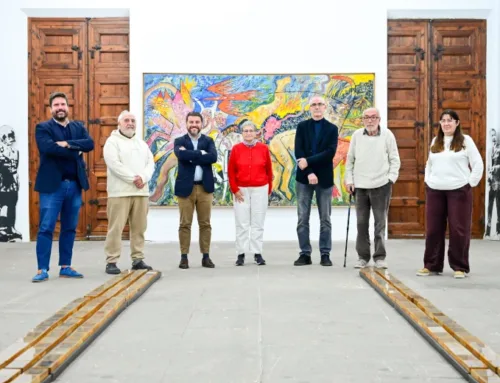


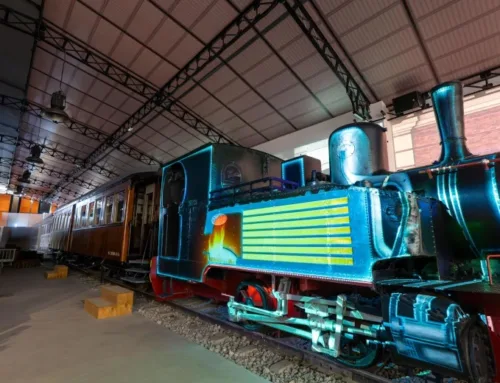
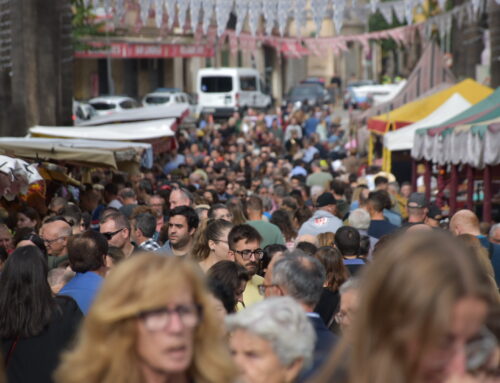

Leave A Comment